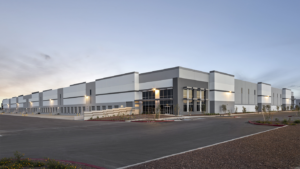The deterioration of metal pipes, whether due to wear and tear, water or bacteria, is inevitable. It might take years or even decades, but it will happen. Such corrosion can affect numerous people simultaneously, especially if the corroded pipe is a critical part of a building or infrastructure project. Corrosion leads to the gradual loss of material from the surface, and it has other effects too.
Contamination of the Flowing Fluid
Perhaps the biggest impact corrosion has on metal pipes is on the fluid flowing within the pipe. As the metal corrodes, it can dissolve in the fluid in the pipe or be carried as small particles and ions. Depending on the type of metal and the ions formed, the fluid flowing can be contaminated to a point where it becomes unusable or dangerous. Think of a hospital system where corroded pipes lead to contamination of different water sources.
Changes to Appearance
Corrosion damages the surface of the metal undergoing the process. This could be the outside or the inside of the pipe. When this happens to the outside, the metal looks dull and worn out, which can impact the aesthetics of buildings where the pipes run on the outside of the structure.
Contamination in Beverage and Food Production
A crucial aspect of running a food and beverage business is ensuring the products are safe when they reach and are ultimately consumed by your customers. The pipes in a food and beverage manufacturing plant must be at the forefront of your mind when building the plant because of contamination risks.
The choice of pipe material becomes more important when you realize many foodstuffs contain chemicals – including organic acids – that facilitate corrosion and microbial growth if they stagnate in the pipes. Cleaning the pipes becomes crucial, but businesses can further minimize the risk by choosing pipes made out of materials that are much more resistant.
New alloys like AL6XN can help prevent localized corrosion as they are resistant to most of the active ingredients that cause it. An added benefit of using them is that the business will eliminate equipment replacement costs.
Costly Leaks
As corrosion worsens, it starts causing leaks. These leaks can be innocuous to start but can quickly get worse as the material gets worn away. How costly the leak is depends on where it happens. Leaks happening in water and wastewater systems are not as devastating as those that happen in marine environments.
The oxygen content, chloride concentration and temperature of marine environments speed up the corrosion process. Because the pipes in these environments typically carry oil, leaks forming can be devastating to the environment.
Pressure Drops and Wasted Energy
High leak rates can lead to drops in pressure across pipes. Unacceptable pressure drops can cause issues in residential or commercial settings where water is being pumped through these pipes to storage tanks. Because less water reaches its destination, such leaks also cause a significant waste of energy.
Pipe corrosion might not seem like a significant issue on a smaller scale, but it can be on a bigger one when we look at it more closely.




